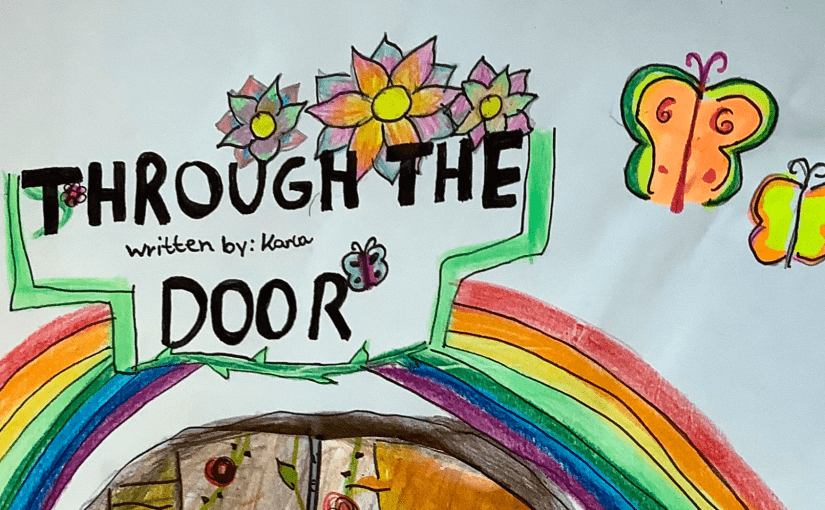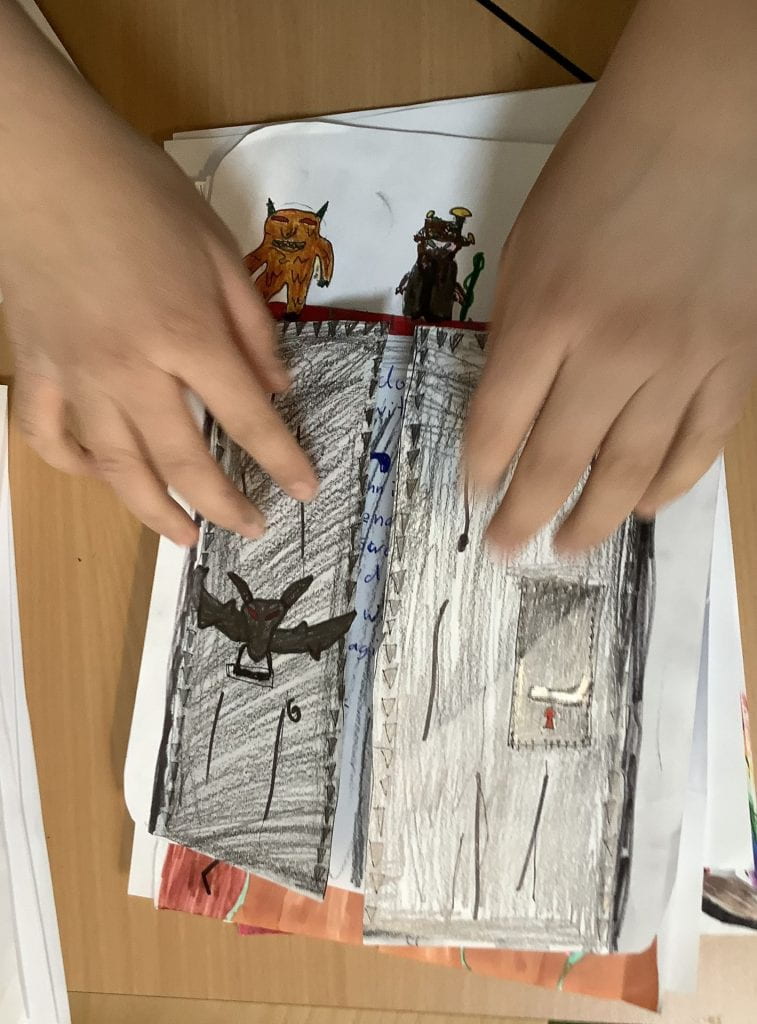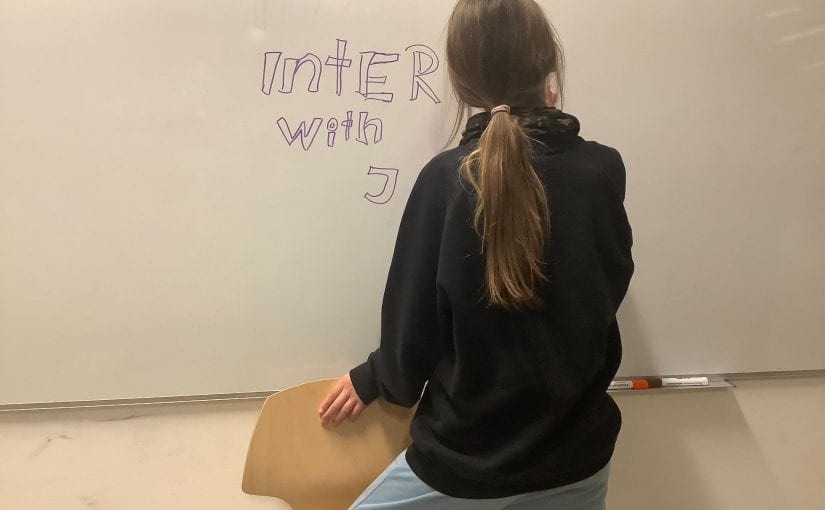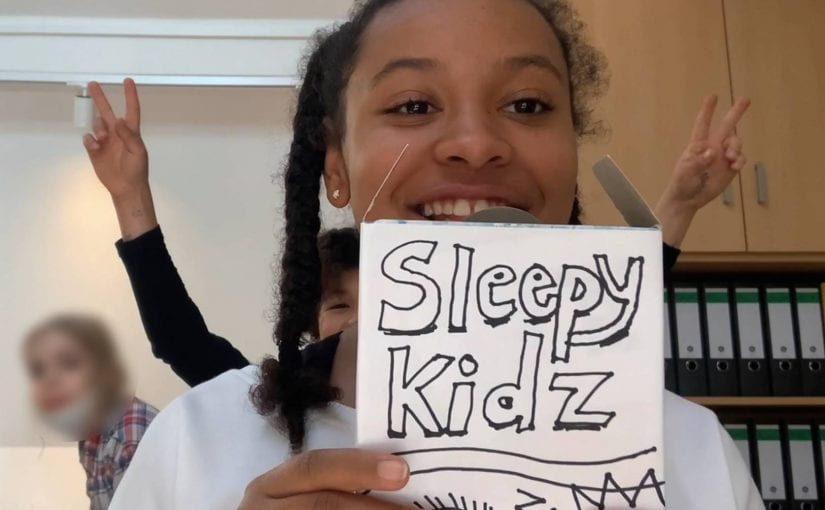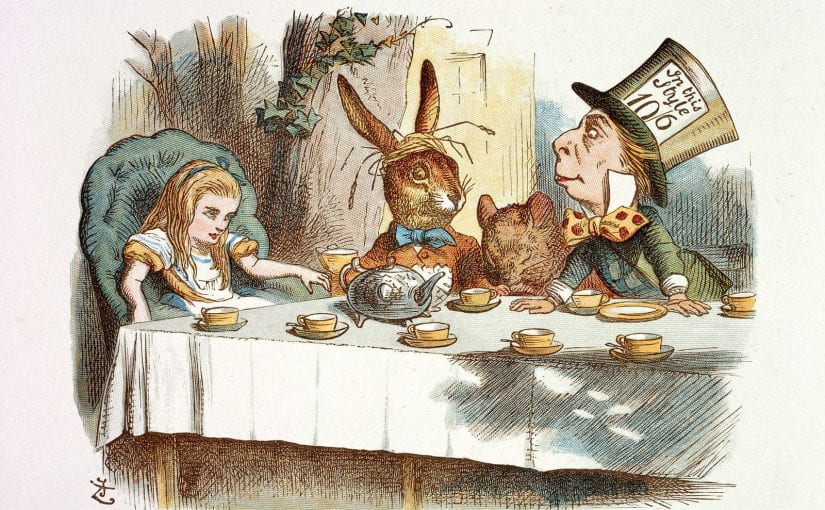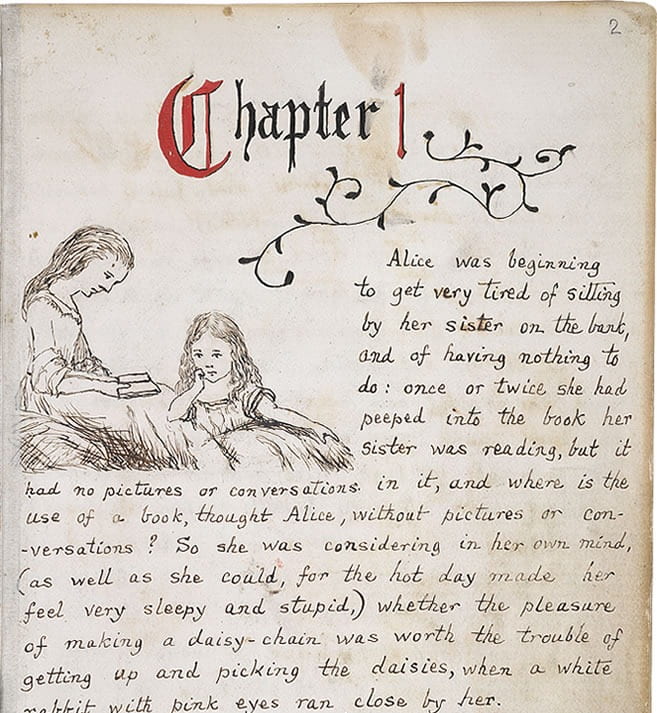In art class we’ve been making our own versions of Pop Art, so in English class it seemed like a good idea to find out more about Andy Warhol (1928-1987), the most important Pop artist of all.
After learning more about his fascinating life, we decided to recreate one of Andy’s famous parties, with each student developing a character for the event.
Warhol loved to film the people around him, so we did this, too, editing the footage in a chaotic, home movie style similar to the artist’s own work.
The film is followed by a little bit of background on how the kids came up with their roles; the interesting discussions and research that were involved; and why Warhol’s ground-breaking influence is more relevant today than ever.
The background
Andy Warhol once said that, in the future, everyone would be famous for fifteen minutes. Today, we live in an age of YouTube and TikTok, and his words seem incredibly ahead of their time.
I also explained to the kids that Warhol was an early ‘influencer’, one of the first people to use art, media and social events to publicise his own life.
He loved to host parties where he was surrounded by other rich, famous, or artistic people.
Many of the guests were very creative, larger than life and sometimes a little eccentric. Others were show-offs, who liked to be with Andy because it made them feel important or interesting.
I asked the kids – all of them year 5 or 6 students – to create suitable characters for the party, and was surprised by how well and quickly they were able to do this.
They invented exotic names and ‘glamorous’ lives for themselves, but were also clear that these weren’t the kind of people they would really like to be, or meet.
Some of the kids wanted to wear costumes, so we looked at early ’60s fashion. The kids found it strange that young guys often wore suits or jackets!

We also talked about what happens at a fun party.
All of the kids thought that music was important, and dancing was a top priority for the girls. We watched videos of ’60s dance styles, which the children liked, but often found quite funny.

Perhaps unsurprisingly, alcohol was also something the kids were keen to discuss.
The children automatically connected drinking with celebrating, which gave us an opportunity to talk about this in depth.
We spoke about alcohol’s effects on the body; why too much of it can be bad for your health, and how it is banned in some cultures.
We also talked about the pressure older kids sometimes feel to seem ‘cool’ or grown-up by drinking.
Yet because it is very much a part of our society, I decided to let the actors use a champagne bottle as a prop – they insisted that the party guests would be sipping bubbly!
Watching the movie afterwards, we again discussed some of the issues it raised.
Celebrity, fame, and self-image sometimes seem more important today than ever, but it’s essential to stay true to ourselves and develop our own values.
All the kids agreed that it was fun to play the characters in a Warhol movie, but far better to get back to being themselves!






